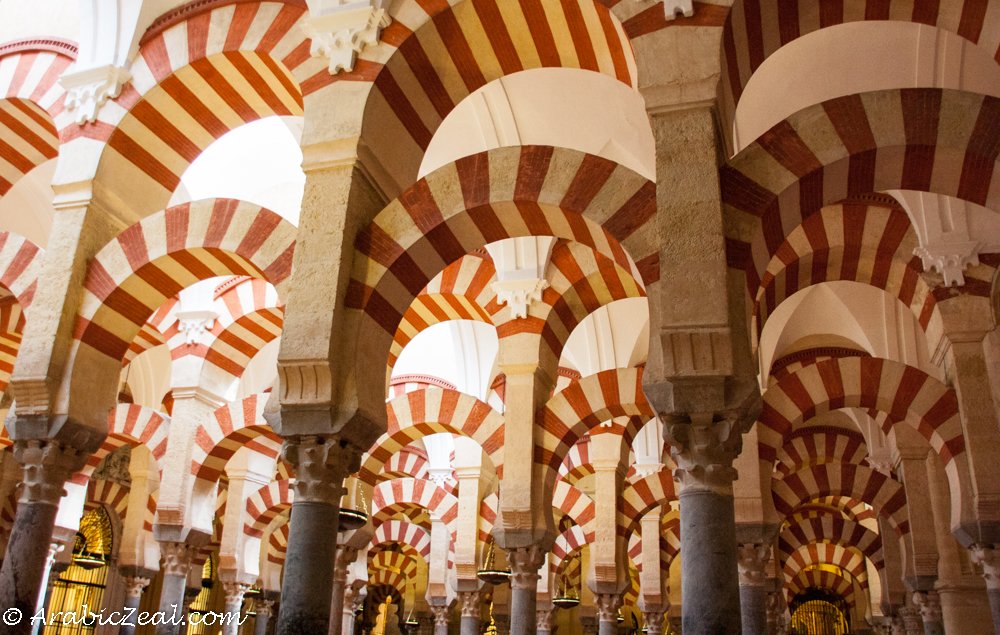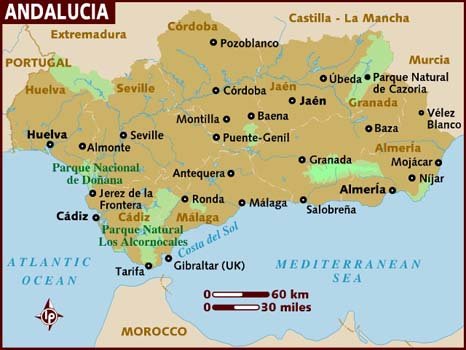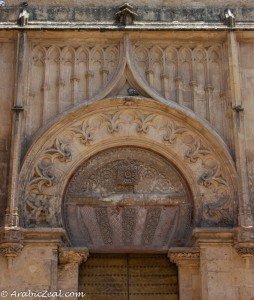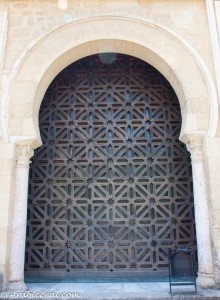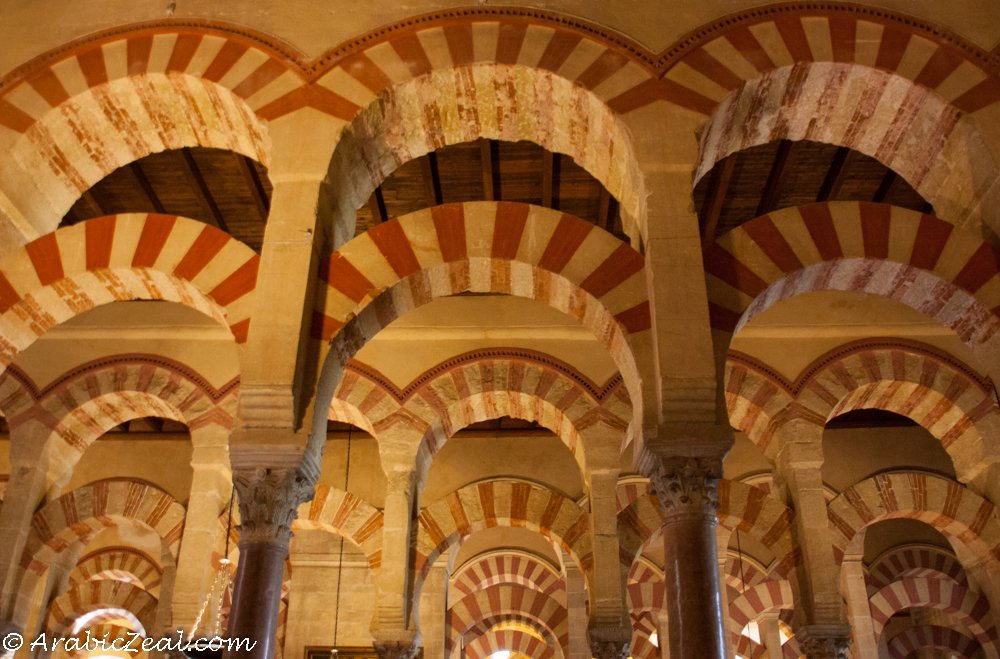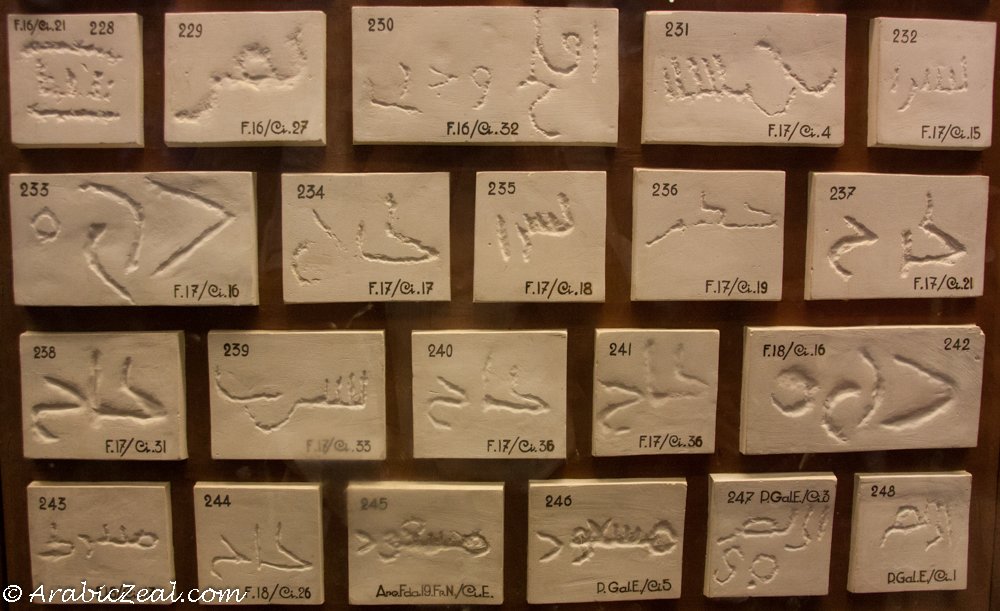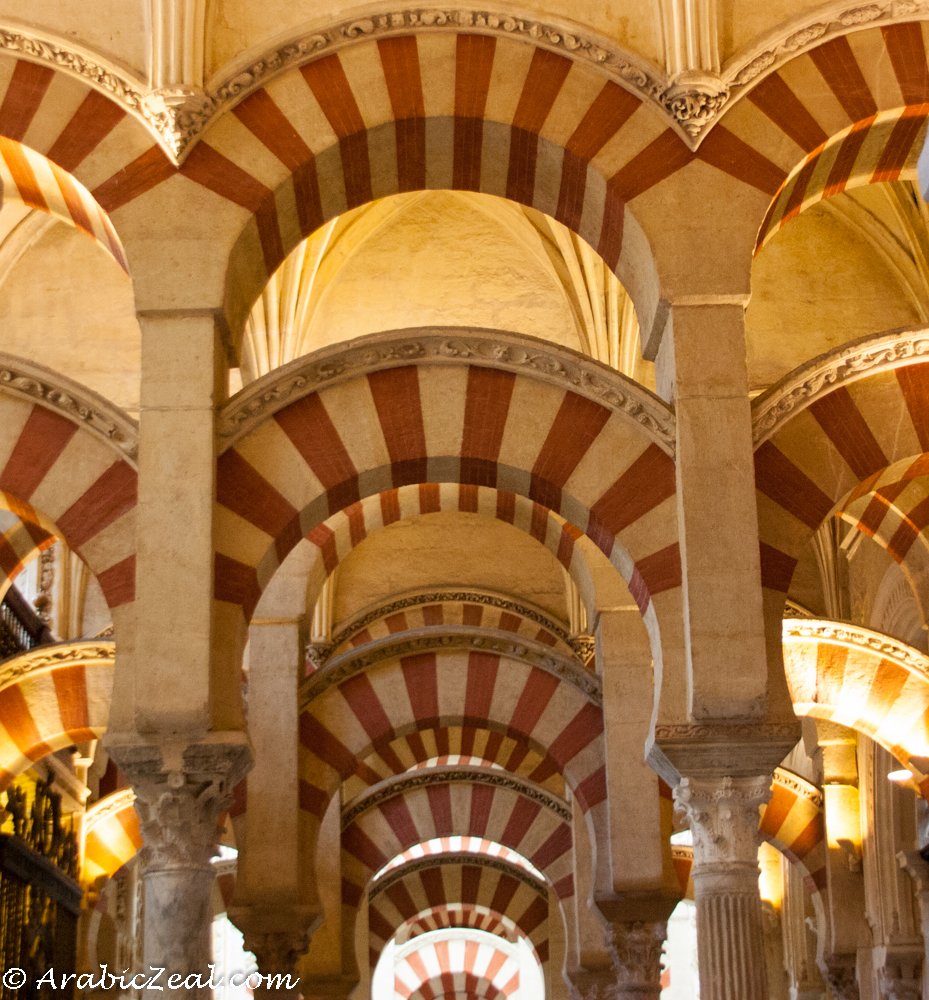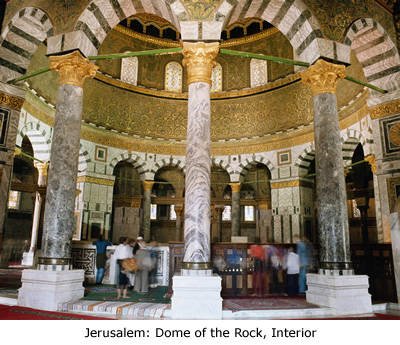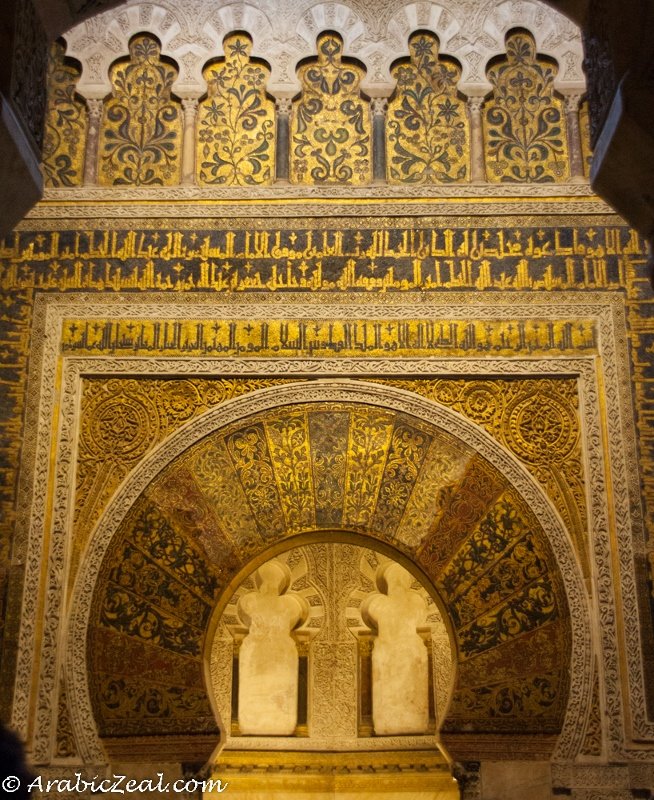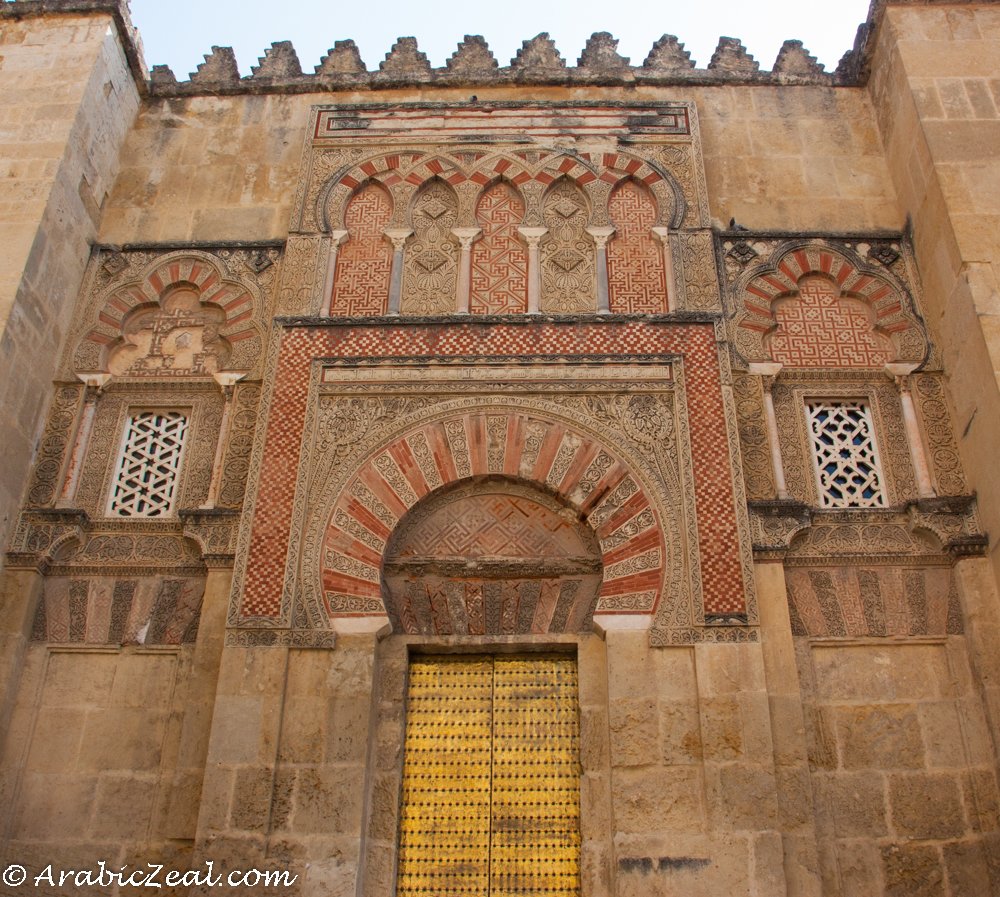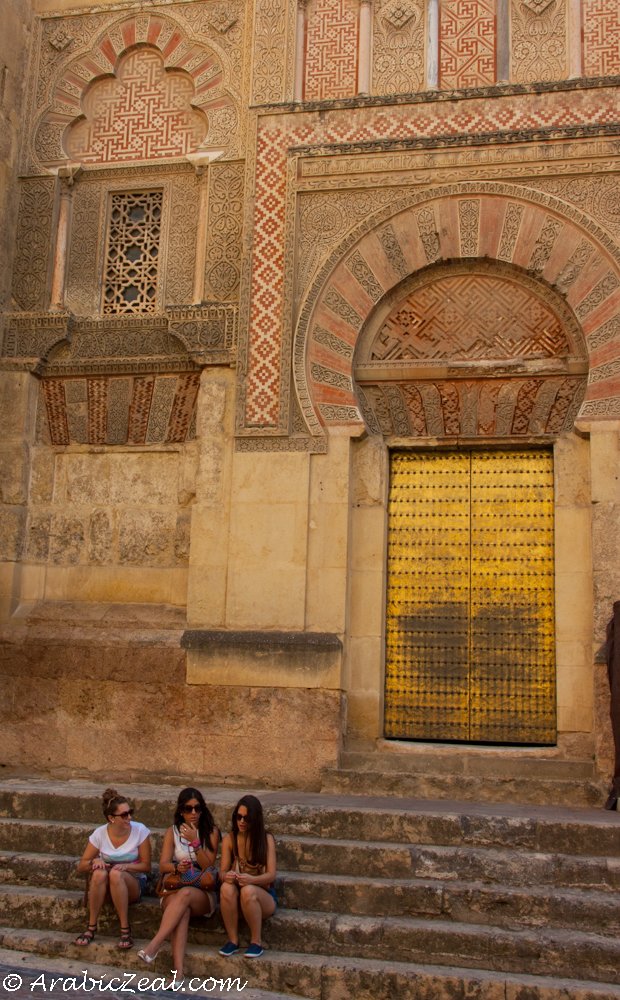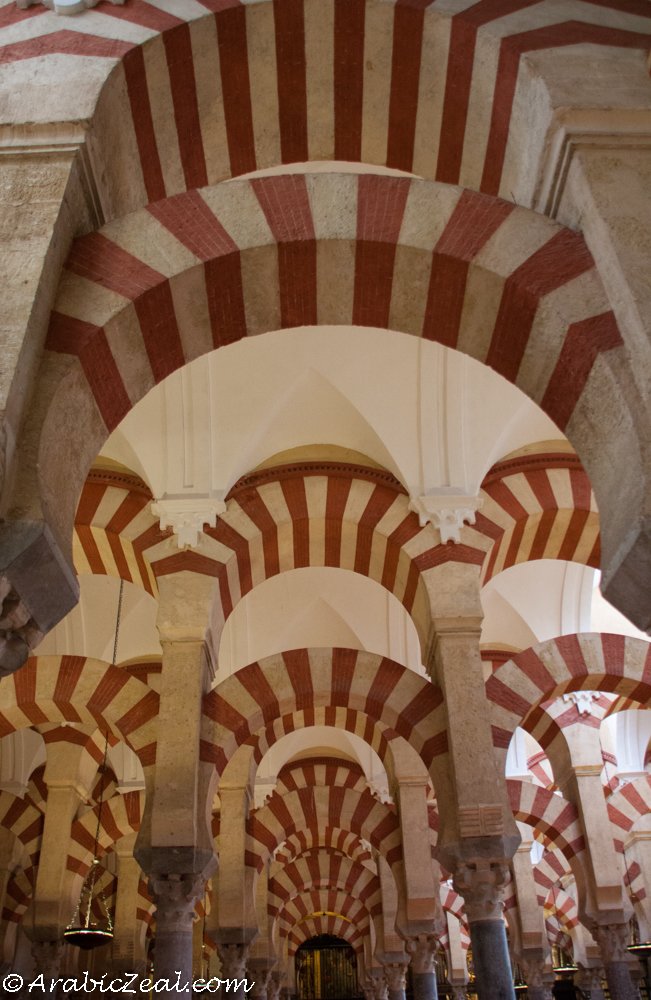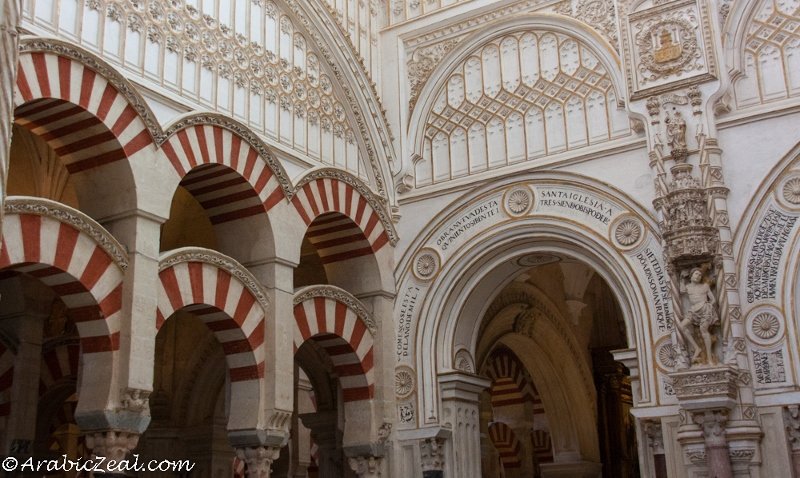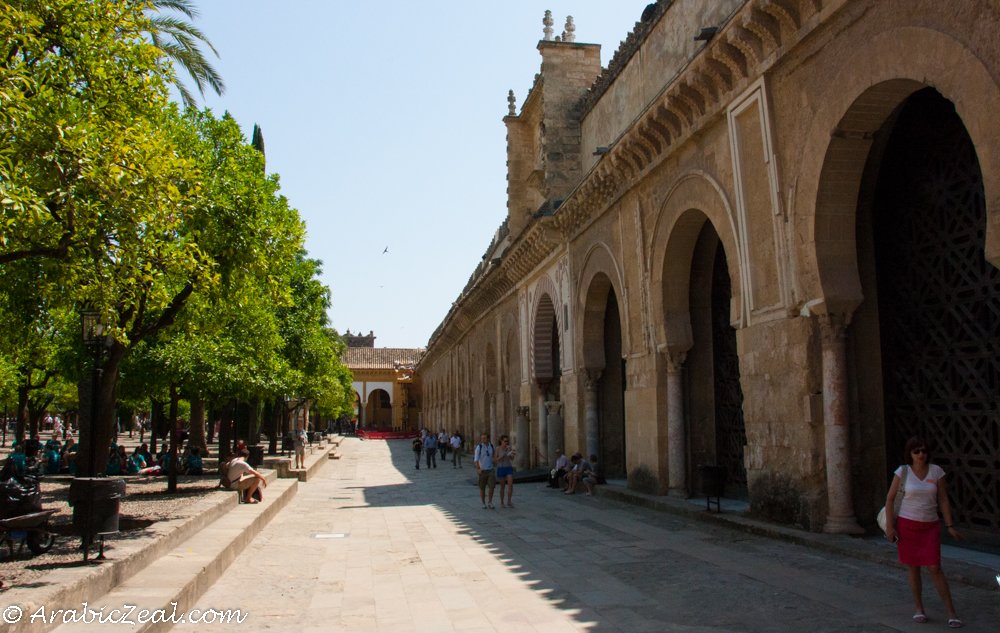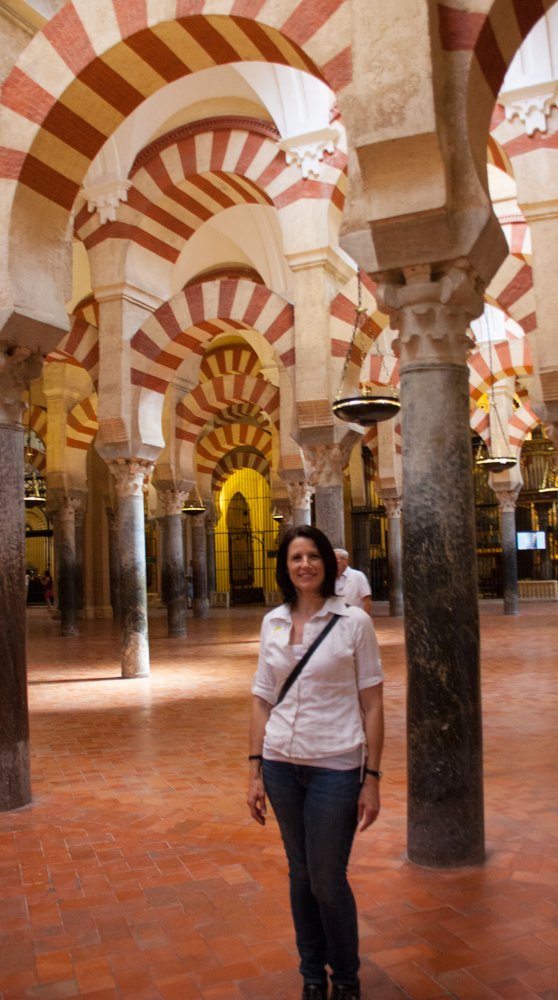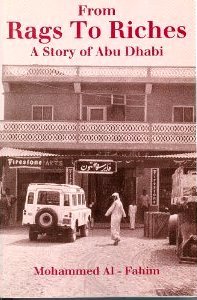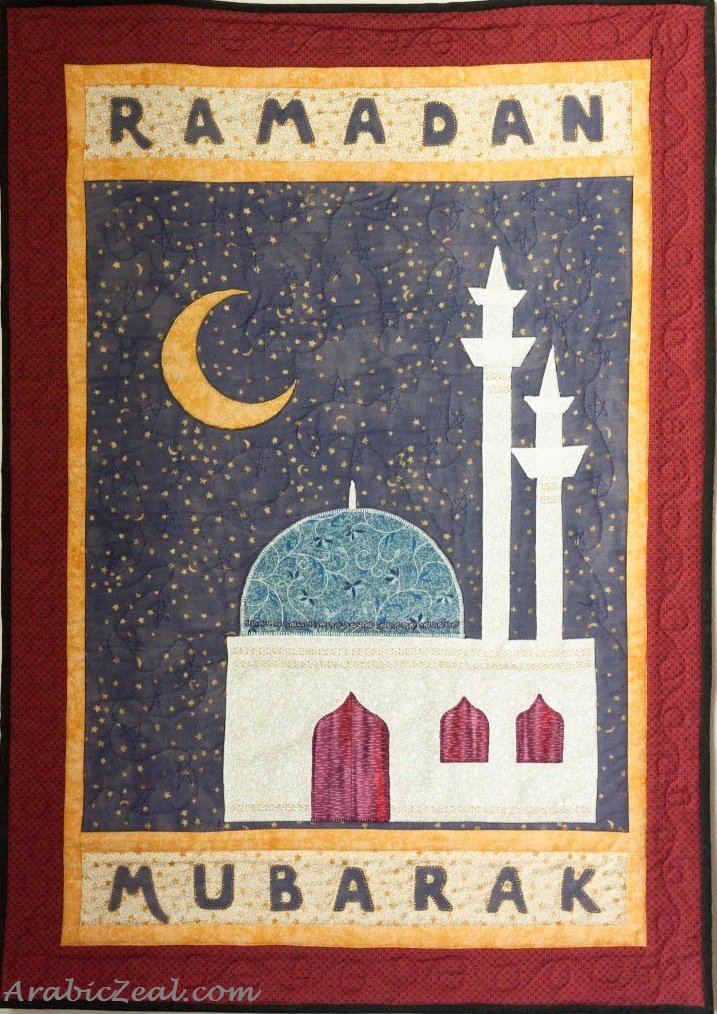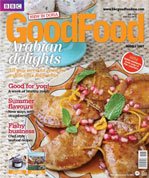The Mosque of Córdoba ~ A Glimpse into Moorish Spain
Ever since I studied Art History in university, it has been a lifelong mission of mine to visit the Islamic sites of Spain—so gorgeous and captivating. At last, I was able to accomplish this goal; just before Ramadan, I took a trip to Andalucía.
Where in the World?
Andalucía is Spain’s most southern region, which borders the Mediterranean Sea and the Atlantic Ocean, nearly kissing Morocco.
Today Andalucía features the typical symbols of Spain: flamenco, Spanish guitar, tapas, paella, and bullfighting. Meanwhile, the region has a long and varied history and was conquered by many groups. However, on my visit I was only interested in one period of history.
In 711, Muslims from North Africa (mostly Berbers) landed at Gibraltar and surged into the Iberian Peninsula, which set Spain’s destiny apart from the rest of Europe. Within a few years virtually the whole peninsula was conquered by Muslims, known as the Moors, who became the dominant force for the next four centuries.
In Andalucía (Al-Andalus in Arabic) Muslim Rule lasted even longer—until 1492. Muslim political power and cultural development initially centered on the city of Córdoba, then Seville and finally Granada. During this period, these cities were prosperous, boasting beautiful mosques, palaces, gardens, universities, bustling markets, and expanding agriculture.
What I find fascinating is this: while the rest of Europe was wallowing in the Dark Ages, these Muslim cities of Al-Andalus were flourishing in every way.
I try to imagine life in Córdoba and Granada during this time: the clothing, the luxury, the courtyards, the men and women…
Am I clinging to the past? Maybe.
The Muslim World at that Time
At first, Al-Andalus was part of the Caliphate of Damascus, which governed the Muslim world at the time. In 750 the Omayyad dynasty in Damascus was overthrown by the rival Abbasids. In an unexpected plot twist, one Omayyad survivor got away.
History Stranger than Fiction
This young member of the ruling Omayyad family, Abd ar-Rahman, escaped the massacre of his cousins in Damascus. After numerous adventures, Abd ar-Rahman arrived in Spain and persuaded the ruling Muslims to accept him as the emir of Al-Andalus, based in Córdoba.
It was Abd ar-Rahman who began constructing Córdobas Mezquita, the Mosque of Córdoba, one of the world’s greatest monuments. Abd ar-Rahman and his descendants built the mosque over two centuries with four phases of expansion.
Moorish Style
Abd ar-Rahman’s dynasty in Córdoba brought architects instilled with tastes and ideas from Damascus. These ideas were put to use in the construction of the Córdoba Mosque. This Moorish style, which echoed across Islamic Spain, introduced horseshoe-shaped arches, scalloped arches, exquisite tiles decorated in calligraphy and floral motifs, complex stuccowork, and peaceful inner courtyards.
The craftsmen and artisans who built the Córdoba Mosque included Muslims, Jews and Christians, which is documented by their own signatures they etched into the mosque.
Those Famous Arches
Even though I had seen many photos of the arches, it didn’t compare to stepping inside the arcaded hall and seeing them for myself. My children—normally disdainful of any historical tourist site—grew subdued when they entered, even a little awe-stuck.
At the time the mosque was built, the double arches were a new introduction to architecture and permitted higher ceilings. Originally the Córdoba Mosque had 1293 columns; today 856 columns remain. The building was architecturally revolutionary. The roof over the heads of the worshippers was supported by a forest of columns, suggestive of a palm grove.
The rows of red-and-white striped arches disappear into infinity, emitting a mesmerizing effect.
Meanwhile, the famous alternating red and white voussoirs of the arches were inspired by the Dome of the Rock in Jerusalem.
The Prayer Niche
The mihrab portal (the prayer niche) remains intact today. The richly gilded niche was the caliphate’s artistic high point and features shimmering golden mosaics, the gold cubes of which were a gift from the Christian emperor of Byzantium. As a result, the mihrab gives off an aura similar to a Byzantine church. It’s one of the few places in the mosque where the Quranic inscriptions remain.
The Exterior
While I have seen many photos of the interior of the Córdoba Mosque, I had no clue what the outside looked like. I found the façade of horseshoe arches and arabesque motifs quite beautiful and mysterious.
Meanwhile, surrounding this medieval mosque is a labyrinth of narrow streets and a lively neighborhood of shops. I could sort of—almost—imagine the place in the tenth century.
Significance of the Mosque & Córdoba
For three centuries the Mosque of Córdoba held a place of great importance for the Islamic community of Andalucía, serving as the Friday Mosque, as well as a place of teaching and for the faithful to conduct their five daily prayers.
The Moors ruled from Córdoba from 756 to 1031. During the last century of rule Al-Andalus reached its peak of power and luster. At this time Córdoba was the biggest and most dazzling city in Western Europe with stunning libraries, observatories, aqueducts, as well as highly skilled artisans. Astronomy, medicine, mathematics and botany flourished, and one of the great Muslim libraries was established in the city.
The Fall
Alas, nothing lasts forever. In the 10th Century the fearsome general Al-Mansour took power and wreaked havoc. Soon the Córdoba caliphate collapsed into civil war, finally breaking up the caliphate into smaller Islamic kingdoms, with Seville and Granada among the most powerful.
In 1492, the Christian Reconquista (Re-conquest) defeated the last remaining Muslim states of Spain. Soon Fernando and Isabel famously expelled the Muslims (and Jews) from Spain. Ultimately, Islam was outlawed.
The Cathedral of Córdoba
While this building served as a mosque for 500 years, today it functions as a Catholic church. Its official name is “The Cathedral of Córdoba.” In the 16th century, a cathedral was plonked right into the center of the building, which destroyed a section of the mosque.
The various stages of the cathedral were built in gothic, renaissance and baroque style, which are surrounded on all sides by the arcaded hall of the medieval mosque. Our tour guide kept referring to this an “amazing contrast” and “amazing juxtaposition.”
For me, I found this juxtaposition to be jarring—even disturbing. I understand the victorious powers routinely “destroy and conquer.” But I agree with Carlos I (Holy Roman Emperor from 1519) who exclaimed to the church authorities: “You have destroyed something that was unique to this world.”
Another change is that the doors of the mosque that opened into the courtyard are now closed. At one time, theses open doors filled the mosque with light, and also opened the mosque to the ablution courtyard and to the community.
Another obvious change—missing from the vast colonnaded space are the rows and rows of Muslim worshippers. Currently, over 1 million Muslims reside in Modern Spain, and to this day, Spanish Muslims are lobbying the Roman Catholic Church to allow them to pray in the complex. At present, the Spanish Catholic authorities and the Vatican oppose this move.
At least Muslims are able to visit this beautiful mosque…. And here am I, fulfilling one of my travel goals.
In my next post, I will discuss another Moorish gem of Andalucía: the Alhambra Palace in Granada, Spain.
Question: What are your impressions of the Córdoba Mosque?
